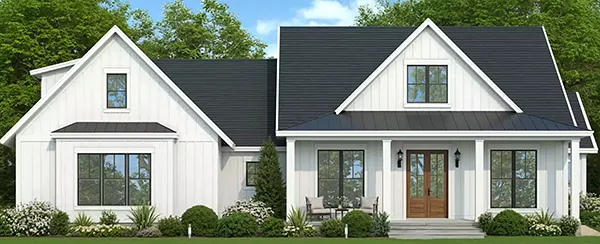Ways To Conserve Water At Home

With summer fast approaching, you can already feel the heat from increased water bills across the nation. Topping the list of how consumers get relief from the heat are pools and spas, which need to be cleaned, filled and maintained before they can be enjoyed. And of course, there's the constant running of air conditioners. All of these rely heavily on water usage.
I'm sure you see plenty of homes with home sprinkler systems operating, since most homeowners pride themselves during the spring and summer months with giving their home great curb appeal by having the greenest grass and most beautiful gardens. All of these summer treats require high water usage, which is why now is the perfect time to learn about some great ways to conserve water at home.
Tips for indoor water conservation:
- Just because your home is a new construction, doesn't mean that your home doesn't have hidden water leaks. It's a good idea to check your water meter each year. You simply read the house water meter before and after a two-hour period when no water is being used. If the meter does not read exactly the same, you have a leak.
- Don't use the toilet as an ashtray or wastebasket, because every time you flush a cigarette butt, facial tissue or other small bit of trash, five to seven gallons of water is wasted.
- If you're building a new home or remodeling your bathrooms, make sure to buy "low flush" toilets, which use 1 to 2 gallons per flush instead of the usual 3 to 5 gallons. Replacing an 18-liter per flush toilet with an ultra-low volume (ULV) 6 liter flush model represents a 70% savings in water flushed and will cut indoor water use by about 30%.
- Insulating your water pipes is easy and inexpensive. You'll benefit from getting hot water faster plus avoid wasting water while it heats up.
- Install water-saving showerheads and low-flow faucet aerators. Limit your showers to the time it takes to soap up, wash down and rinse off, because every minute in the shower equals 5 to 10 gallons of water.
- There is no need to keep the water running while brushing your teeth. Just wet your brush and fill a glass for rinsing out your mouth. The same applies for when you're shaving, just fill the sink with a few inches of warm water.
- Automatic dishwashers and clothes washers should be fully loaded for optimum water conservation. Since most dishwashers are high-efficiency you shouldn't need to waste water on a pre-rinse cycle. When it comes to your clothes washer, avoid the permanent press cycle, which uses an added 5 gallons for the extra rinse. When doing partial loads, adjust water levels to match the size of the load. New ENERGY STAR® rated washers use 35 - 50% less water and 50% less energy per load. The more popular style is the water-saving, high-efficiency frontload washer.
- When it comes to food preparation, don't let the faucet run while you clean vegetables, simply fill the sink with 2-3 inches of water. When it comes to defrosting your meats or other frozen foods avoid using running water. You can defrost your food overnight or use the defrost setting on your microwave.
- Running tap water to cool it off for drinking is wasteful, simply keep a jug of drinking water in the fridge.
- Try to avoid installing a water-to-air heat pump or air conditioning system. Air-to-air models are very efficient and do not waste water.



.png)
.png)



